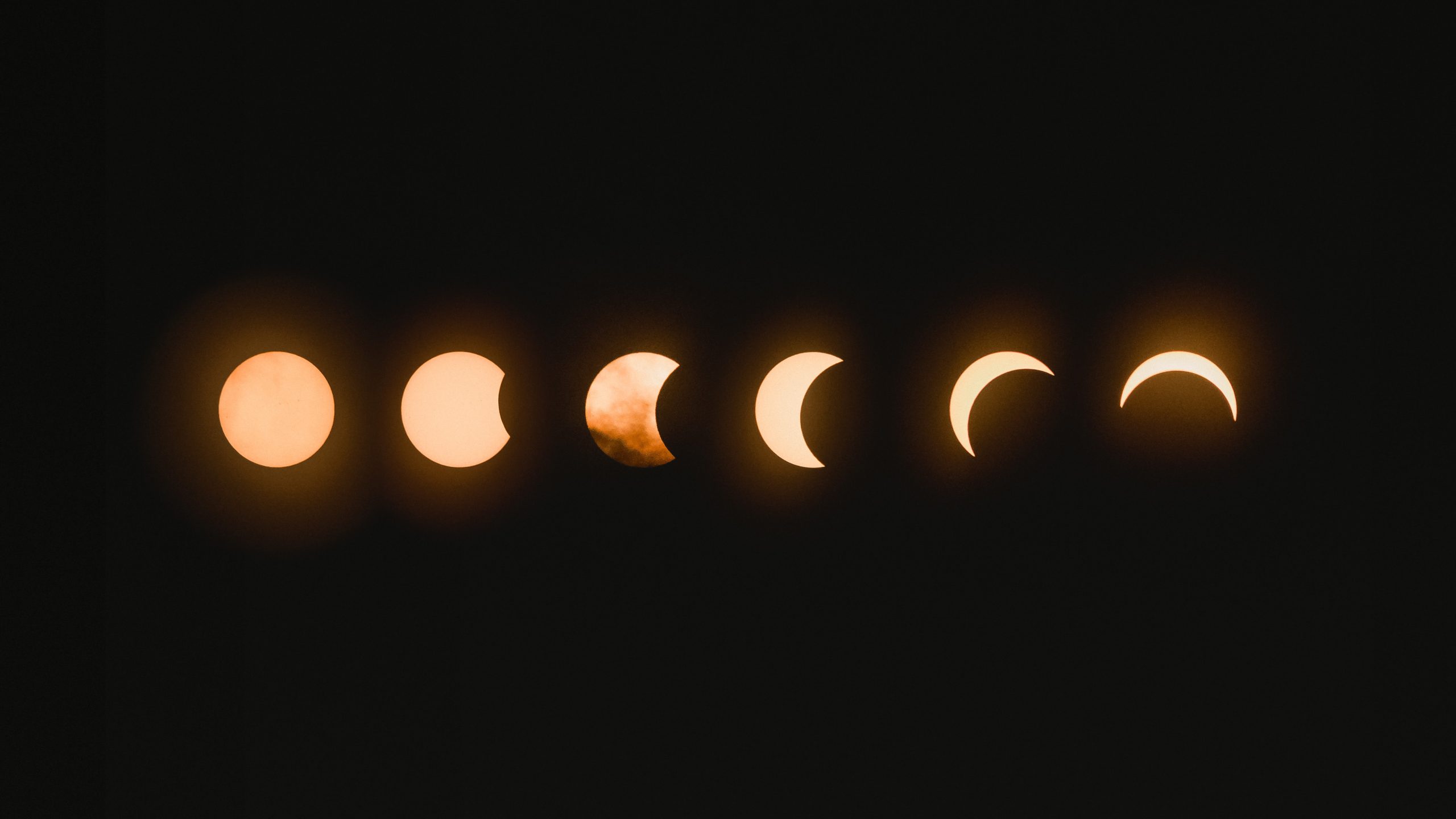What Is a Solar Lunar Eclipse and How Does It Occur?
When we think of astronomical events that capture our imagination, few are as captivating as solar and lunar eclipses. These rare celestial phenomena have fascinated humans for centuries and continue to mesmerize us with their breathtaking beauty and astronomical significance. In this blog post, we will explore what a solar lunar eclipse is, the science behind it, and how it occurs. So, prepare to embark on a cosmic journey as we unravel the mysteries behind these extraordinary events.
The Basics: Solar and Lunar Eclipses
Before we delve into the specifics of a solar lunar eclipse, it’s crucial to understand the basics of solar and lunar eclipses.
Solar Eclipse:
A solar eclipse occurs when the Moon passes directly between the Earth and the Sun, blocking all or a portion of the Sun’s light from reaching our planet. There are three main types of solar eclipses:
- Total Solar Eclipse: In a total solar eclipse, the Moon entirely covers the Sun, creating a breathtaking visual spectacle. This phenomenon is only visible from a specific region on Earth and lasts for a few minutes.
- Partial Solar Eclipse: During a partial solar eclipse, the Moon covers only a portion of the Sun’s disk, resulting in a partial dimming of sunlight. This type of eclipse is visible from larger areas and can last for several hours.
- Annular Solar Eclipse: An annular eclipse occurs when the Moon is at its farthest point from Earth, appearing smaller in the sky. As a result, it does not completely block the Sun, creating a ring of light around the Moon.
Lunar Eclipse:
Unlike a solar eclipse, a lunar eclipse occurs when the Earth comes between the Sun and the Moon, causing the Moon to pass through the Earth’s shadow. Just like solar eclipses, there are three types of lunar eclipses:
- Total Lunar Eclipse: During a total lunar eclipse, the Earth completely blocks direct sunlight from reaching the Moon. However, the Moon doesn’t vanish entirely; instead, it takes on a reddish hue, commonly referred to as the “Blood Moon.” This unique coloring is a result of Earth’s atmosphere bending and scattering sunlight into the Earth’s shadow.
- Partial Lunar Eclipse: In a partial lunar eclipse, only a portion of the Moon passes through the Earth’s shadow, causing a distinct shadow gradient across its surface.
- Penumbral Lunar Eclipse: The least dramatic type, a penumbral lunar eclipse occurs when the Moon passes through the outer shadow of the Earth, resulting in a subtle darkening of the lunar surface.
Now that we have a foundation in solar and lunar eclipses, let’s explore the phenomenon of the solar lunar eclipse.
Understanding the Solar Lunar Eclipse
A solar lunar eclipse, often referred to as a hybrid eclipse or Annular Total Eclipse (ATE), is a rare type of eclipse that exhibits characteristics of both solar and lunar eclipses. It occurs when the Moon is too far from Earth to completely cover the Sun but comes close enough to create a circular shape of light, resembling an annular eclipse. However, this shape transitions into a total eclipse as the Moon moves closer to Earth.
To fully comprehend the mechanics behind this extraordinary event, we need to examine the Earth-Moon-Sun geometry during a solar lunar eclipse.
Geometry of a Solar Lunar Eclipse
During a solar lunar eclipse, the Moon, Earth, and Sun are perfectly aligned, forming a straight line. However, due to the elliptical nature of the Moon’s orbit around the Earth, its distance from our planet varies throughout its journey. This variation in distance plays a pivotal role in the occurrence of a solar lunar eclipse.
When the Moon is at its farthest point from Earth (apogee), the shadow it casts on the Earth’s surface is smaller in diameter, resulting in an annular solar eclipse. Conversely, when the Moon is at its closest point to Earth (perigee), the shadow it casts is larger, allowing for a total solar eclipse.
Therefore, during a solar lunar eclipse, the Moon transitions from casting a smaller shadow (annular eclipse) to a larger shadow (total eclipse) as it moves closer to the Earth. This unique combination of different eclipse types characterizes the solar lunar eclipse.
The Rarity of Solar Lunar Eclipses
Solar lunar eclipses are incredibly rare events due to the specific alignment required for their occurrence. Since the Moon’s orbit is tilted by about 5 degrees relative to Earth’s orbit around the Sun, the alignment necessary for a solar lunar eclipse is only possible when the Moon is passing through one of its ascending or descending nodes. Nodes are the two points where the Moon’s orbit intersects the ecliptic, the plane along which the Earth orbits the Sun.
Furthermore, even when a solar lunar eclipse is possible, it may not be visible from all parts of the Earth. Visible regions can vary greatly depending on the eclipse’s duration, the Moon’s distance from Earth, weather conditions, and geographical location.
It’s essential to note that solar lunar eclipses are rare events, with occurrences spanning years or decades. Therefore, witnessing this awe-inspiring phenomenon is a truly unique experience that leaves a lasting impression.
Conclusion
Solar lunar eclipses are celestial spectacles that bring us closer to the vastness and beauty of the universe. Combining elements of both solar and lunar eclipses, these rare events capture our imagination and ignite our curiosity about the cosmos. Understanding the intricate mechanisms and geometry behind solar lunar eclipses deepens our appreciation for these extraordinary occurrences.
So, the next time a solar lunar eclipse graces the skies, make sure to seize the opportunity and marvel at this cosmic masterpiece that continues to fascinate and unite us under the grandeur of the universe.
Table of Contents
